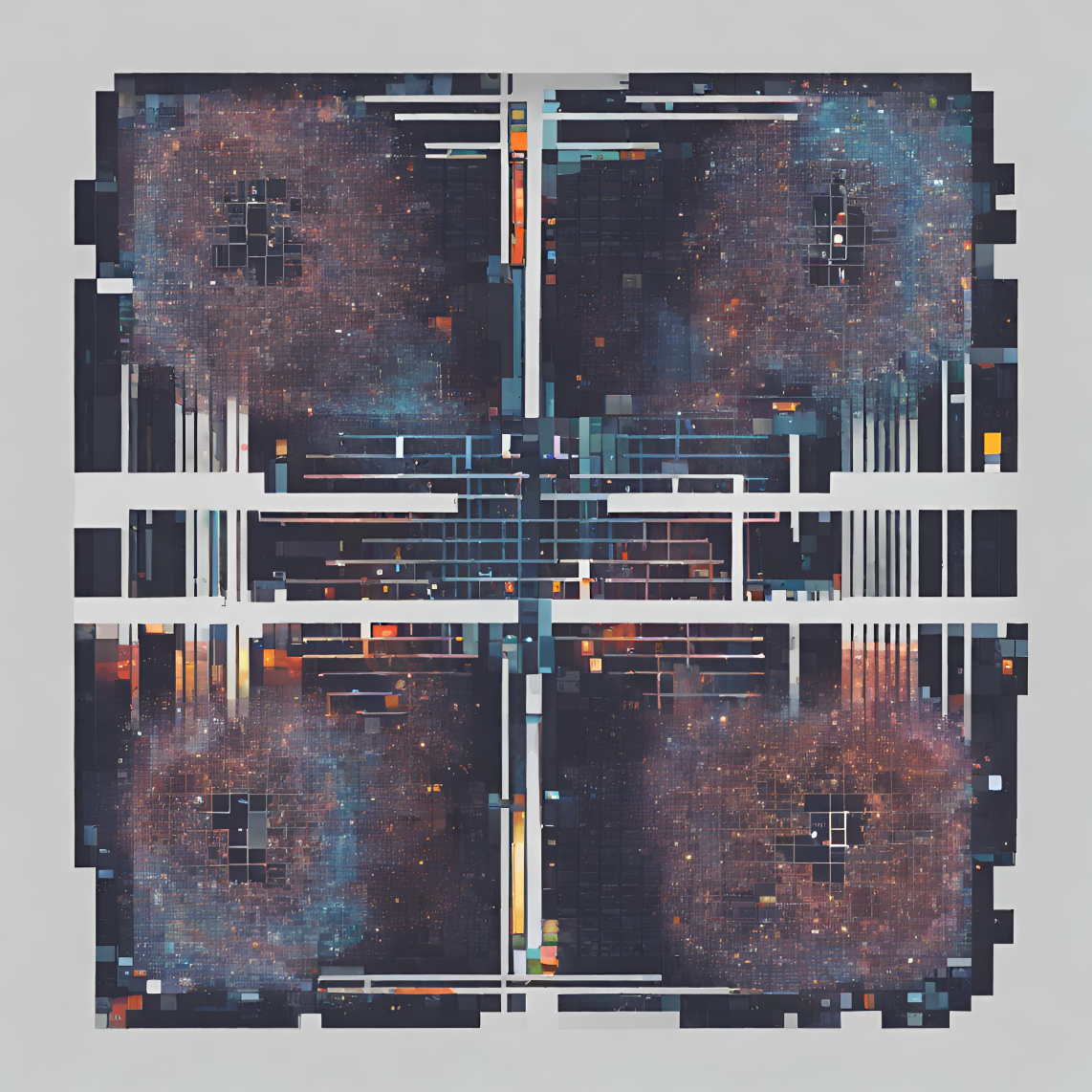Objections to Time Travel Theories
Jul 31, 2024

Blurring the lines between truth and fabrication, masquerading as knowledge, yet separating reality from fantasy.

Blurring the lines between truth and fabrication, masquerading as knowledge, yet separating reality from fantasy.